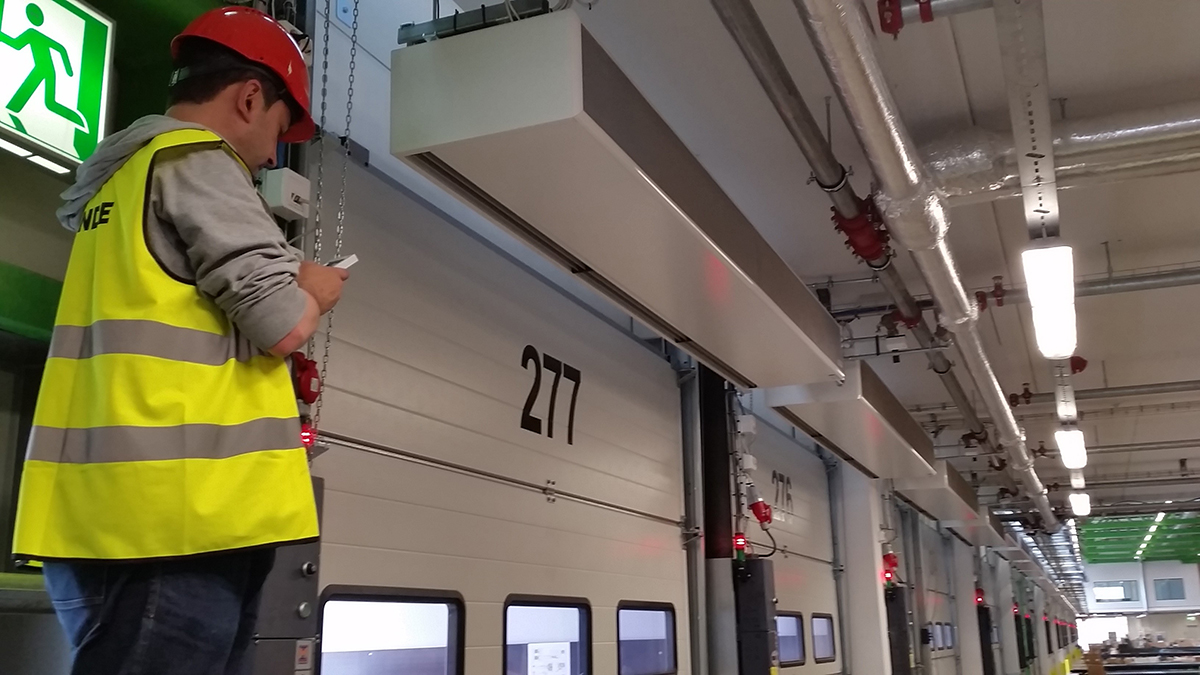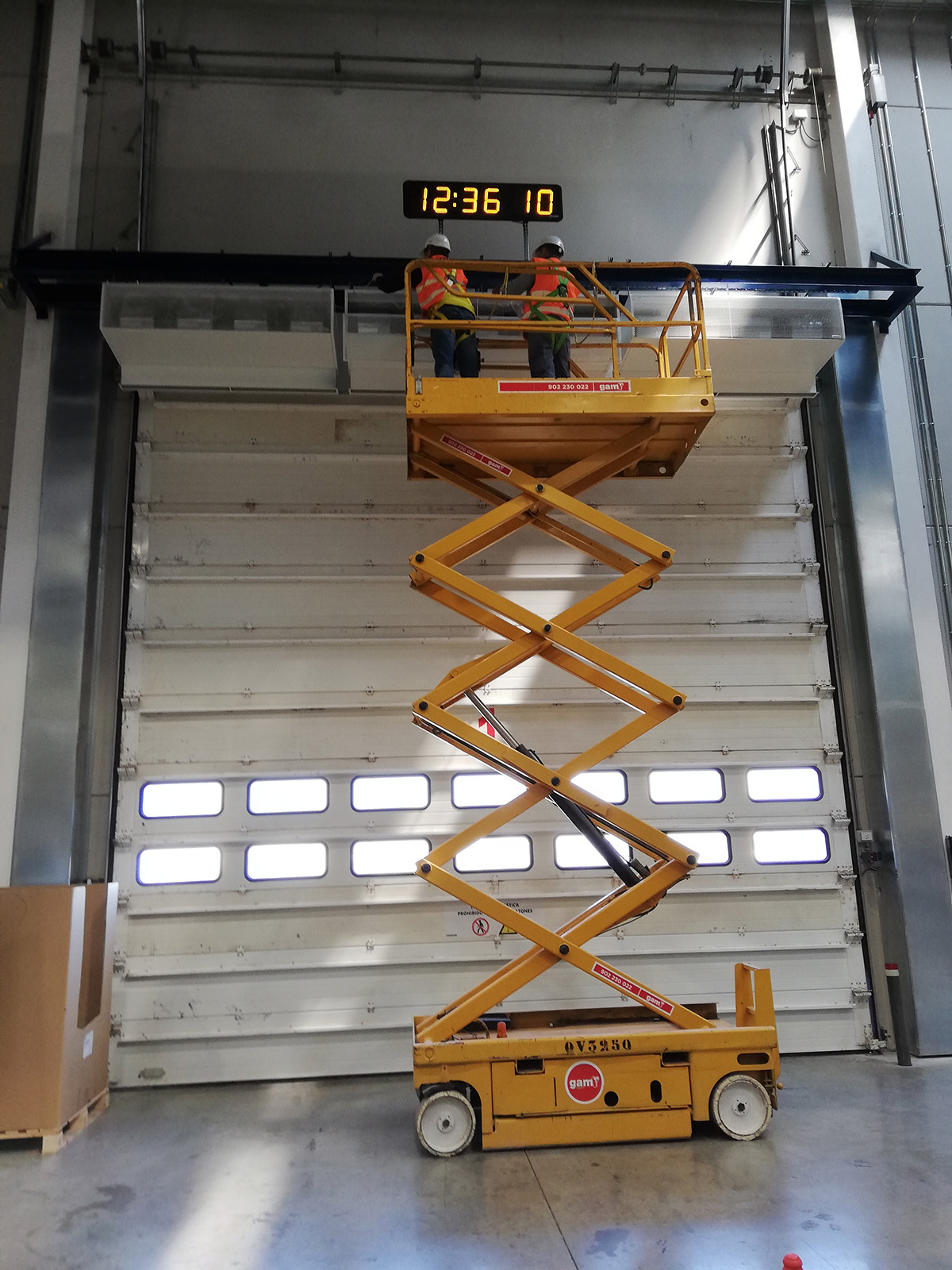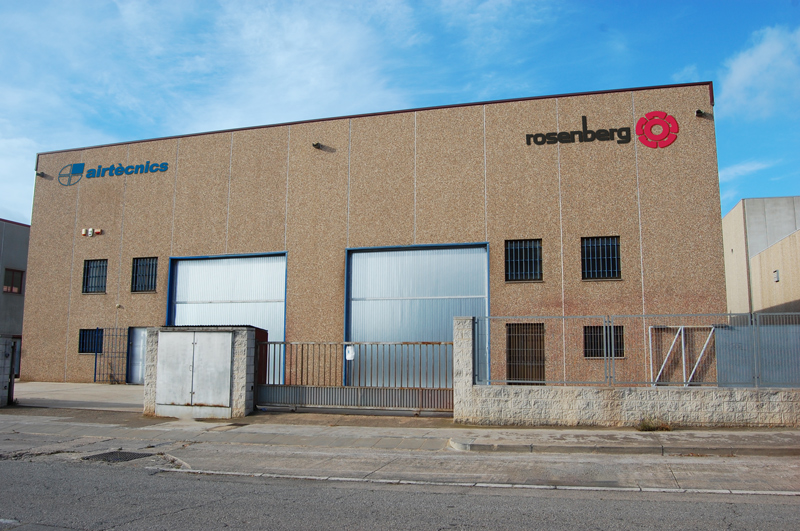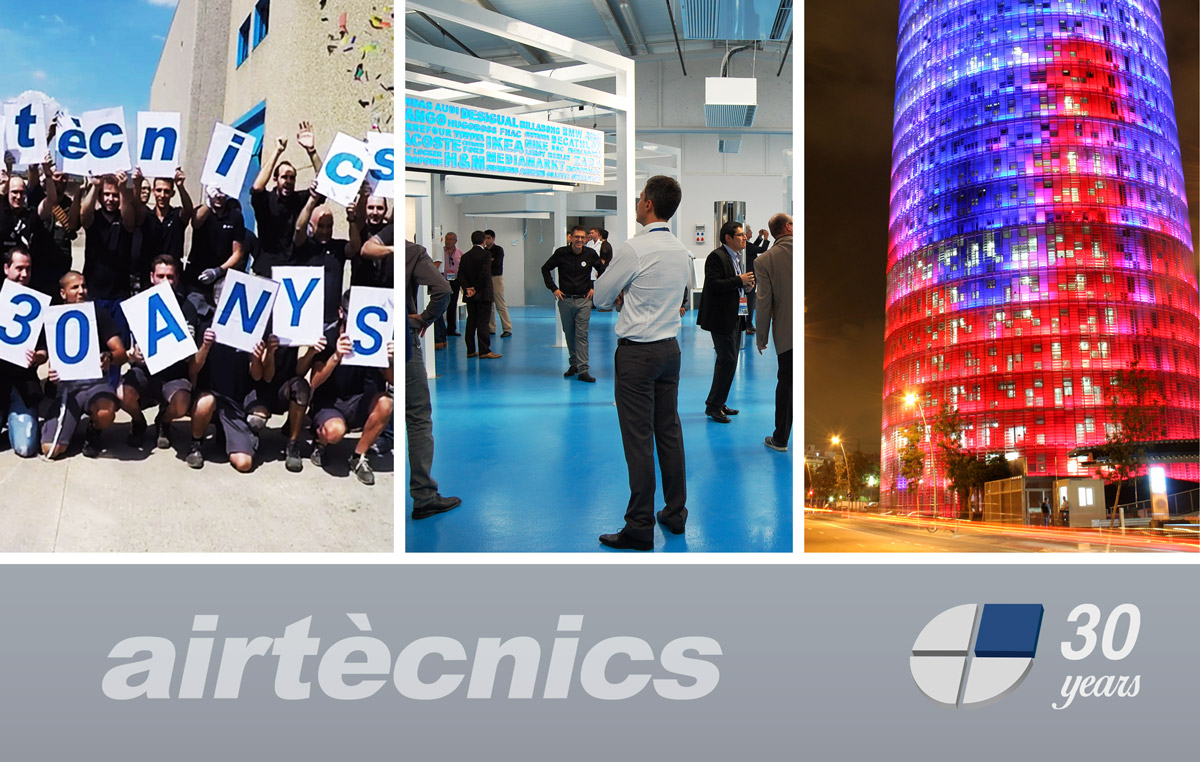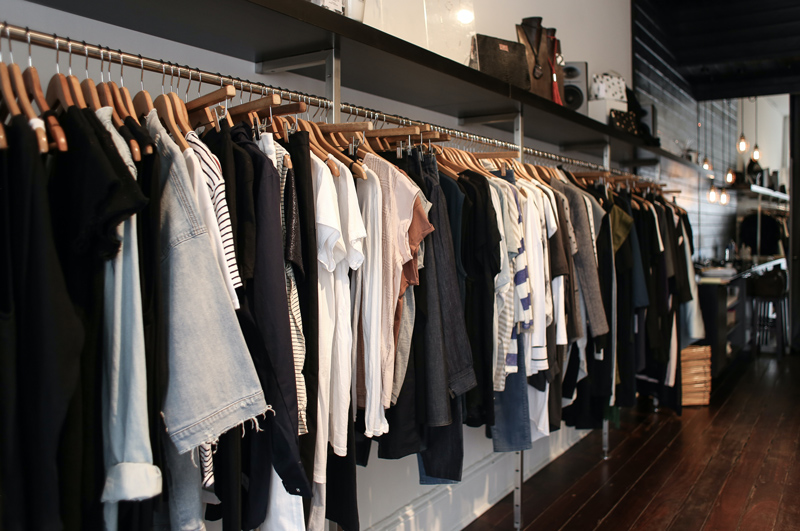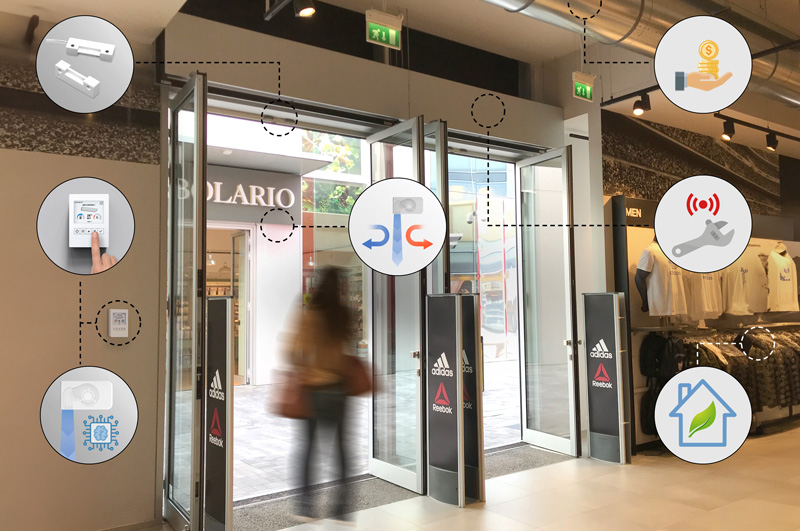How to install air curtains?
The best solution to maintain indoor temperature and air quality conditions without being affected by incoming external air and pollution is air curtains. Their correct installation maximizes the equipment’s efficiency and extends its lifespan. At Airtècnics, we want to provide you with key details to ensure that your air curtain operates optimally.
Step-by-Step Installation:
Selecting the Right Location
Choosing the correct location for the air curtain is crucial. Generally, they are installed at the top of the entrance or window, although some models allow vertical installation next to them. However, certain models cannot be installed in a vertical position, making it essential to know the specifications of the acquired equipment. Additionally, all air curtains require adequate space for air intake and maintenance. Respecting these spaces is essential to avoid obstructions that could reduce airflow or complicate future maintenance and installation tasks.Measurement and Preparation
Before securing the air curtain, the door must be measured to ensure that the installation is centered and covers the entire opening. The necessary tools should also be prepared, including a drill, screws, installation brackets (supplied by Airtècnics depending on the model and upon request), a level, a ladder or lift to position the curtain, screwdrivers, wrenches, and cables to connect the power from the electrical panel to the air curtain, among others.Installing the Supports
The supplied supports can be for the ceiling, wall, or floor, depending on the air curtain model and installation type. It is essential to ensure that the supports are properly leveled to guarantee a uniform distribution of the airflow.Mounting the Air Curtain
Once the supports are installed, the air curtain is anchored. Next, electrical wiring (power and control connection) is carried out, and for units with water or direct expansion coils, the refrigerant pipes are connected. During this process, it is crucial to check that all electrical connections are secure and properly plugged in. Airtècnics air curtains feature various control methods according to demand; it is recommended to consult the instruction and installation manual included with the air curtain’s packaging.Functionality Verification
Although at the Airtècnics production plant, our assemblers test each air curtain before it leaves the factory, a functional test after installation is recommended. This helps verify that the airflow is constant and uniform and detects any unusual noises or installation issues. Additionally, at this stage, the air curtain louvers can be adjusted to optimize performance. Some models have adjustable louvers that, depending on environmental conditions, can be oriented to enhance the effectiveness of the air barrier.
The Importance of Proper Installation
An incorrect installation can compromise the efficiency of the air curtain and the safety of individuals. If the unit is not properly aligned, its ability to maintain the internal temperature of the space will be reduced, leading to unnecessary energy consumption. Furthermore, poor installation can cause annoying noises or even damage the equipment.
Why Rely on Specialist Installers?
Although it may seem simple, installing an air curtain requires experience and technical knowledge. Specialized installers can assess the best location and adjustment options based on the characteristics of the space. Additionally, they ensure that all electrical connections are secure and comply with the regulations in each country.
Having a specialized installer also helps avoid errors that could affect the efficiency of the equipment or even cause premature failures. Investing in qualified professionals ensures optimal device operation, saving time and money while preventing future issues.
At Airtècnics, our commercial team has a list of trusted installers with extensive experience, specializing in the installation of our devices. Internationally, we have a network of distributors who ensure that our products meet the highest standards of quality and performance.

